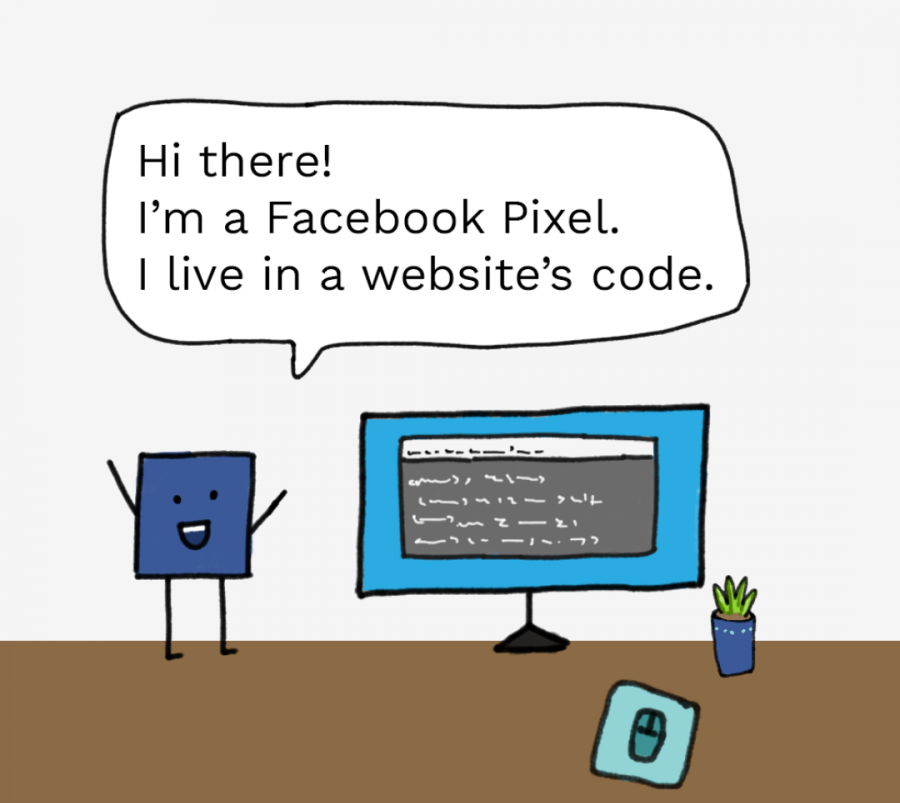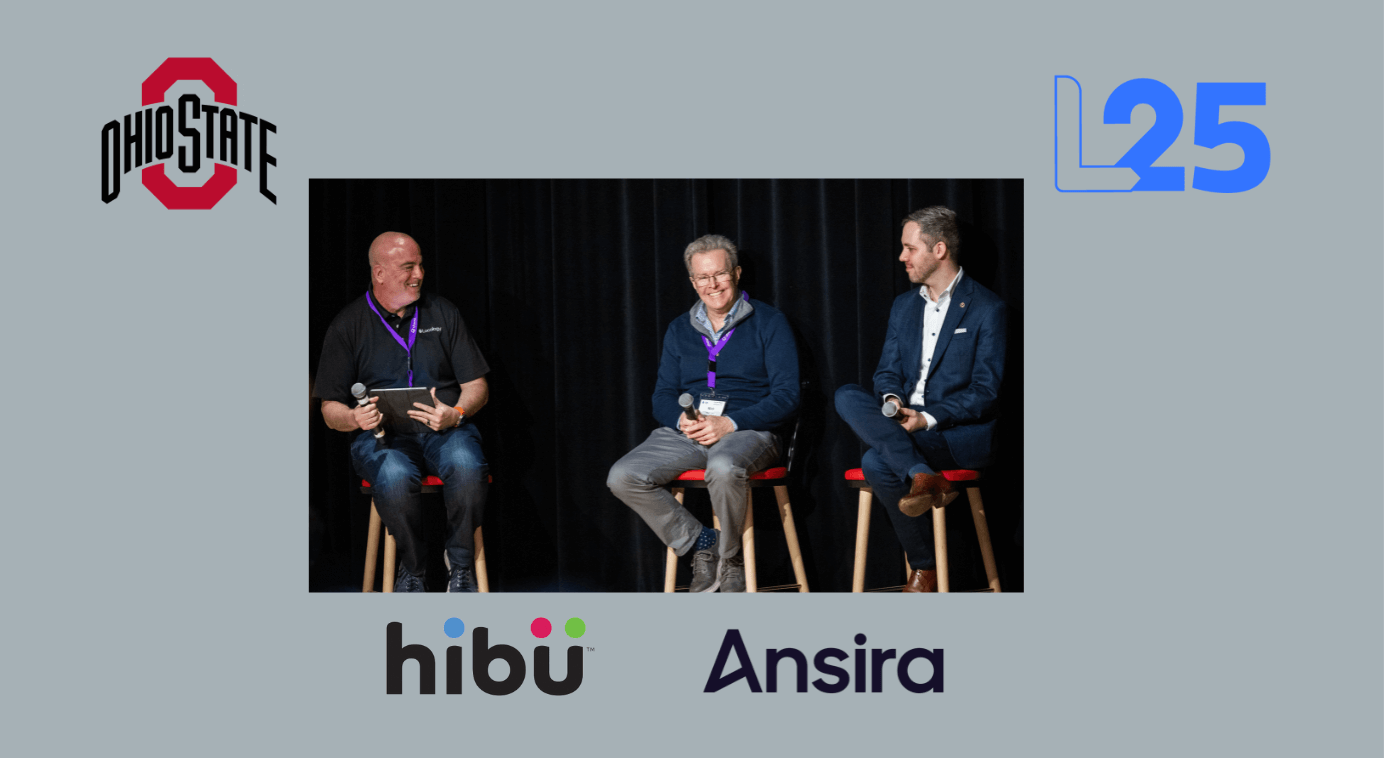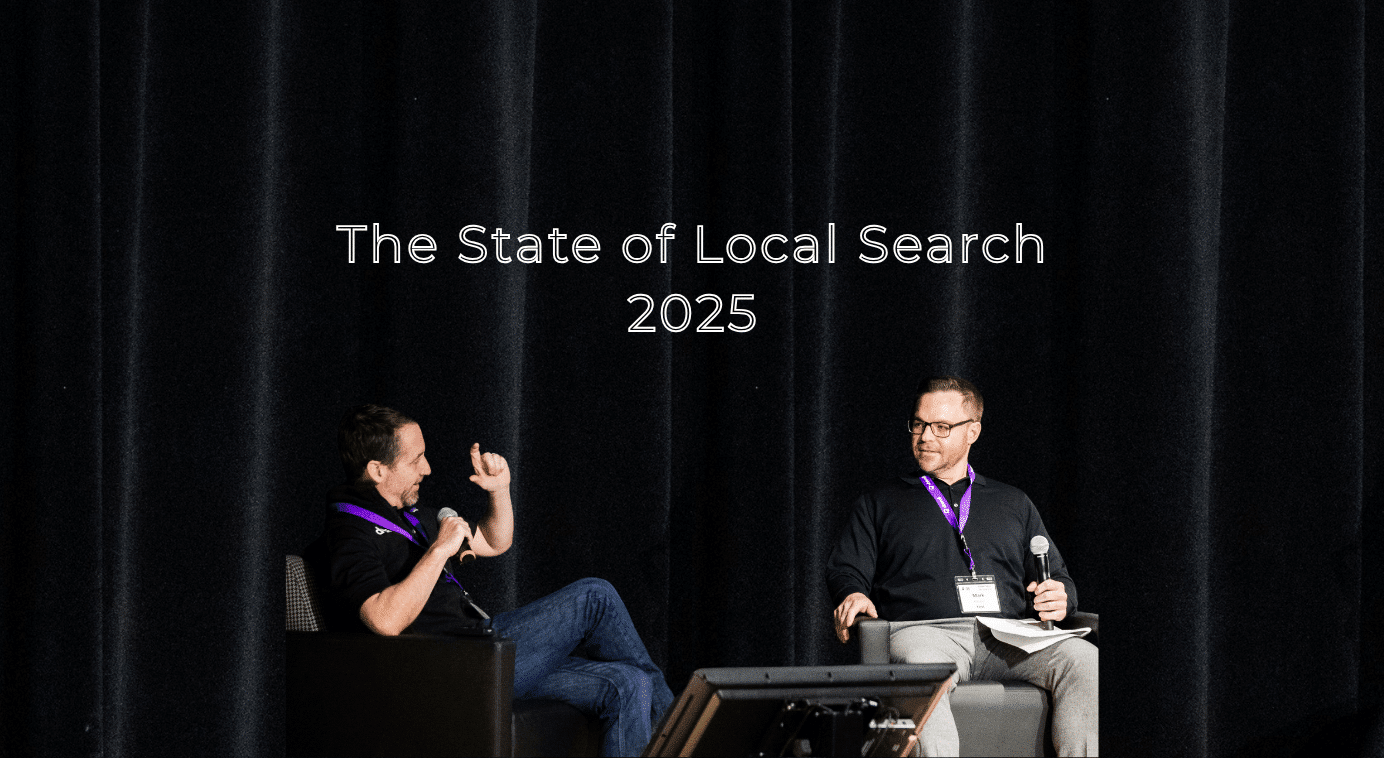LSA Insider periodically invites experts in a field relevant to our community to share practical advice on how to do the business of local better. In this ExpertTake, Tiger Pistol‘s Laura Kraay explains how Facebook Pixels work.
According to Facebook, “The Facebook Pixel is an analytics tool that allows you to measure the effectiveness of your advertising by understanding the actions people take on your website.”
But what does that really mean?
The Facebook Pixel is a piece of code added to a website that tracks user data through cookies, allowing you to access useful analytics about customer website behavior. This data can then be used to inform strategy and find new potential audiences. Here are just a few concrete ways the Pixel helps advertisers:
- You can now show social ads specifically to people who visited your website.
- You use your website visitors to build a lookalike audience to find and target new
customers that have similar interests/behaviors/demographics as your current ones. - You can utilize more Facebook optimizations, such as Landing Page Views.

The Facebook Pixel is like a net that catches all user activity (referred to as events) and allows marketers to use these events to optimize and create more powerful ads. Facebook has seventeen standard events set up, such as ‘Add to Wishlist,’ or ‘Complete Registration.’ Custom events also allow users to input their own categories.
This has clear and instant appeal for e-commerce, but the Pixel offers unique opportunities for all advertisers. The Pixel also gives retailers the chance to create custom audiences that can be useful in remarketing efforts. Additionally, Pixel data can also be used at scale with the ability to share information across SMBs or rolled up into corporate systems. This way, brands can use location level data to help form more targeted audiences.

The Pixel also offers the ability to create lookalike audiences from custom audiences. This creates a brand new audience that mirrors the preferences and values of the original.
In “The Power of the Facebook Pixel,” Tiger Pistol’s Chris Mayer writes how lookalike audiences are a great way to find new customers without relying on dwindling third-party data.
“The lookalike process is anonymized: you won’t know exactly what traits the hash aggregates, but that’s okay. The resulting Lookalike Audience generated will include users with similar characteristics who have not yet visited the website.”
Clothing company Wren + Glory used value-based, international lookalike audiences on Facebook and Instagram to expand the company’s sales outside of the US. They received 62% more orders compared to the previous period.

In a world where data is crucial, the Pixel helps establish clear results. In fact, Gold’s Gym used data from their Facebook Pixel to learn that their recent Facebook ads produced a 2.2X lift in free trial sign-ups.
Geoff Tobey, Gold’s Director of Digital Media said that by “being able to jump into a Facebook testing opportunity, we learned that ads in Messenger Stories were more successful in driving an incremental lift in leads, and lowering cost per conversion than we’ve seen on other channels.”
Whether you’re looking to test new optimizations, employ remarketing strategies, or find new customers, social media advertising allows customization and proven results. The holidays may be a whirlwind, but the Pixel can help you stay on track along the way.





